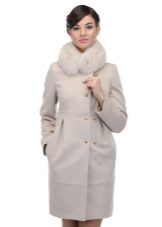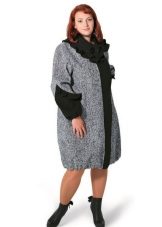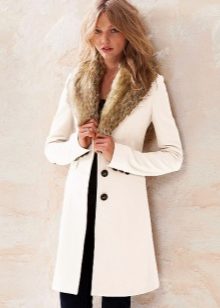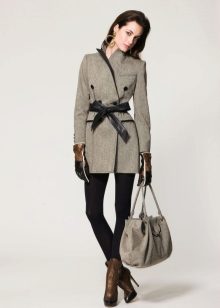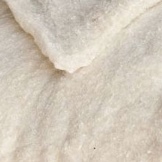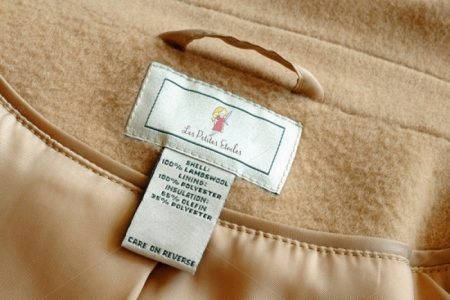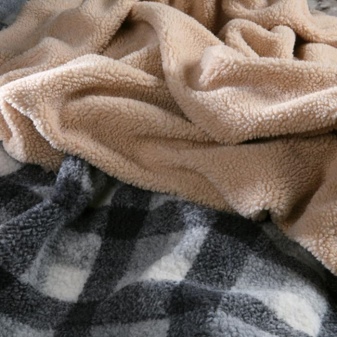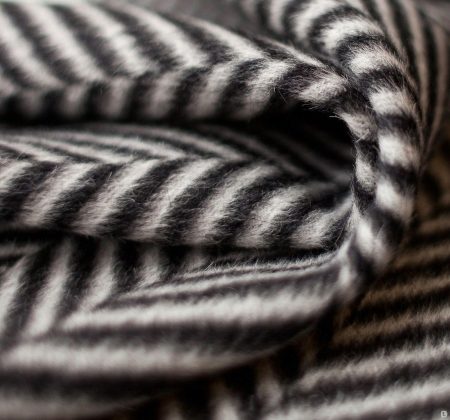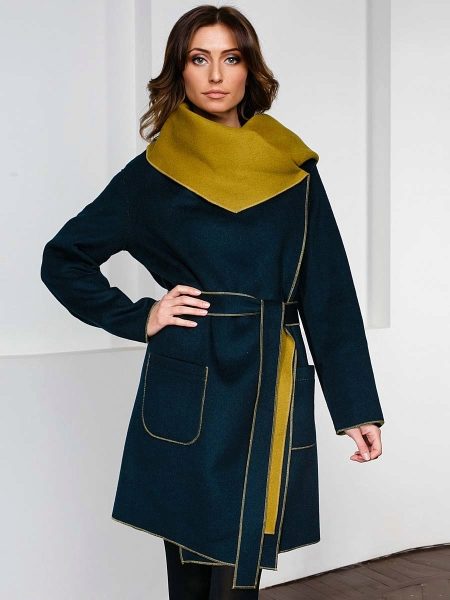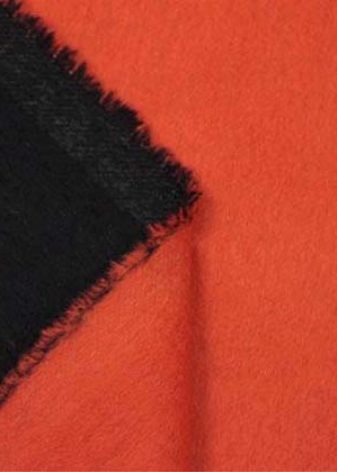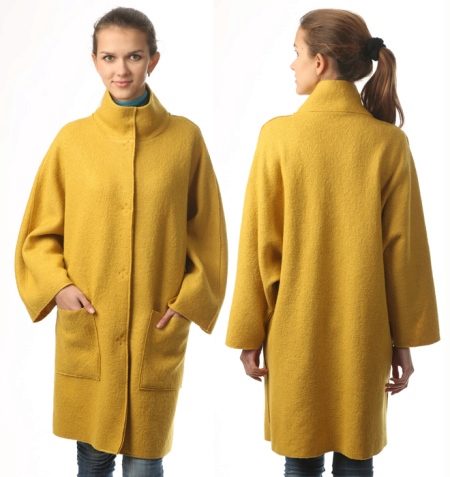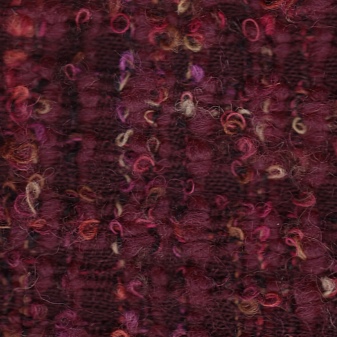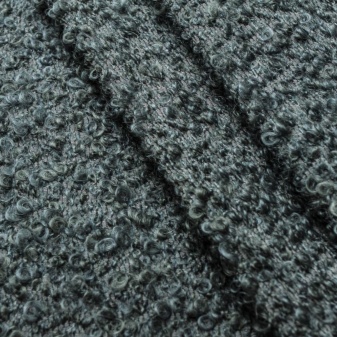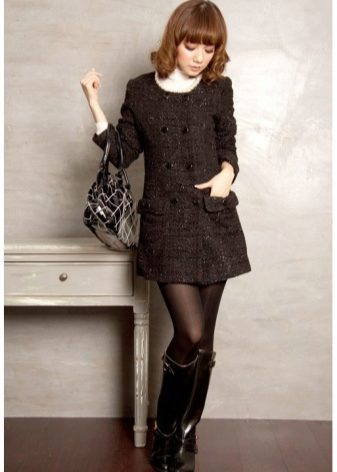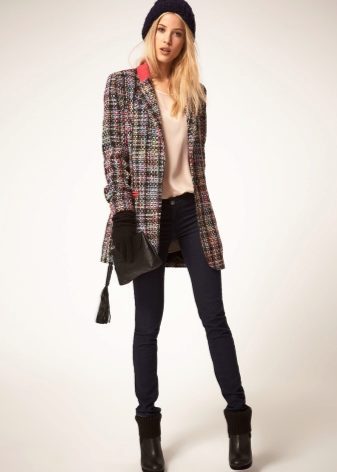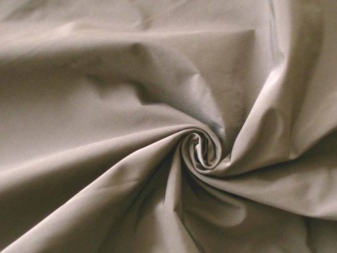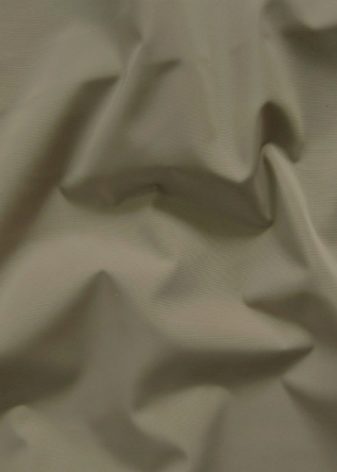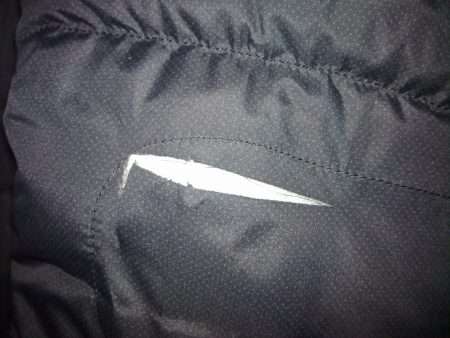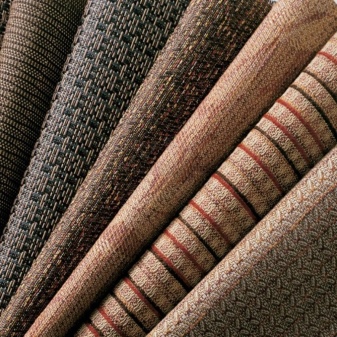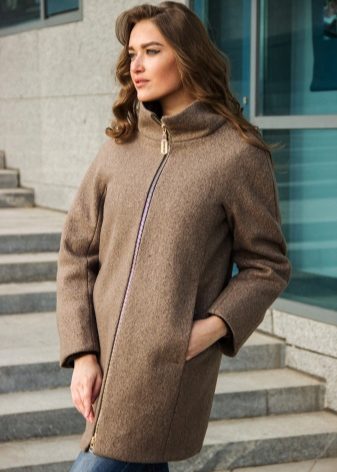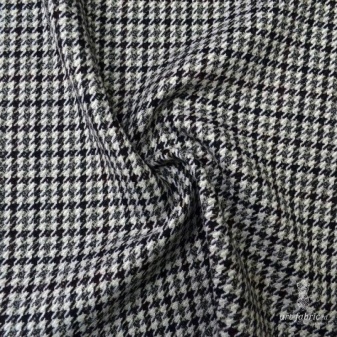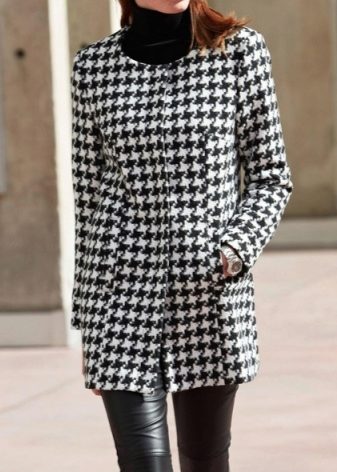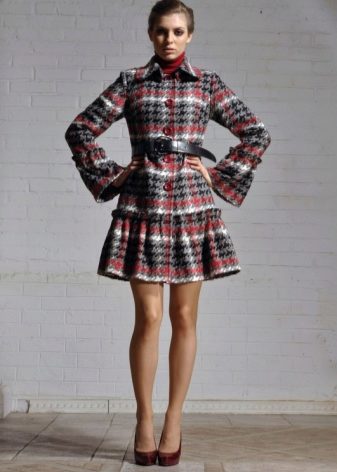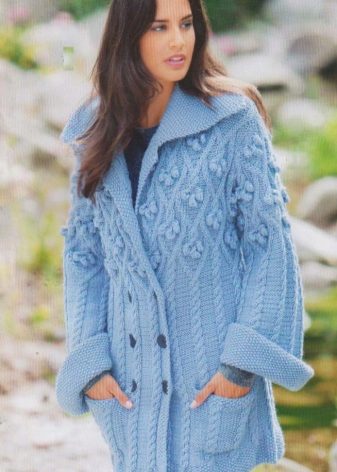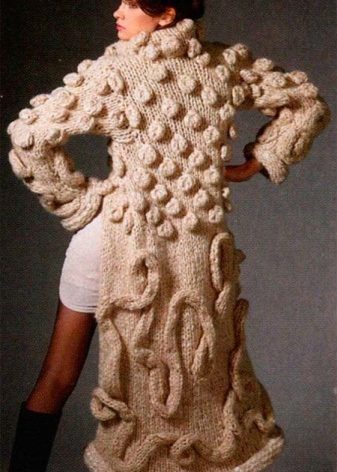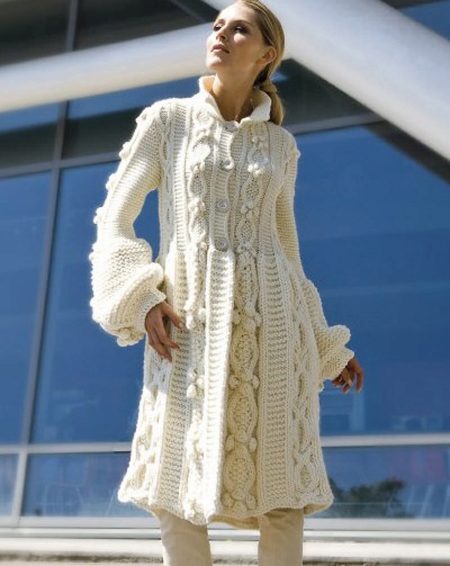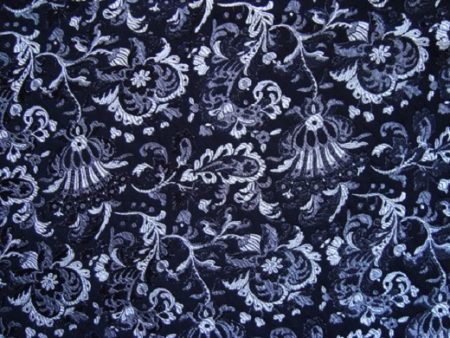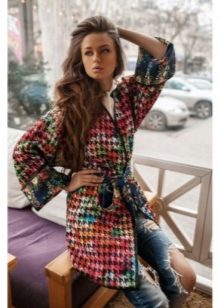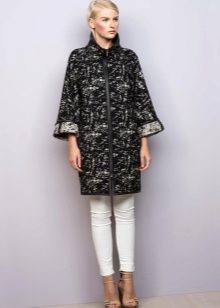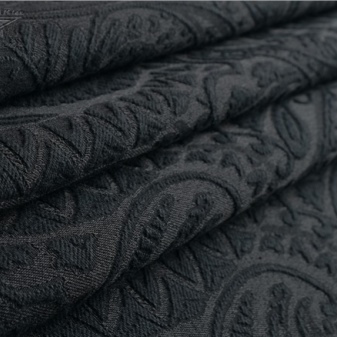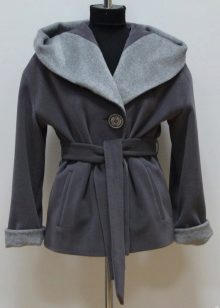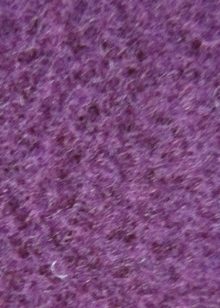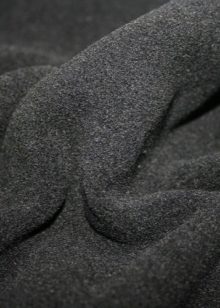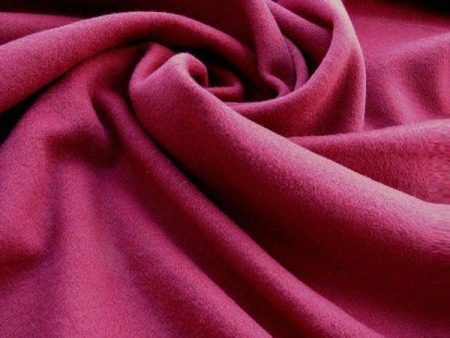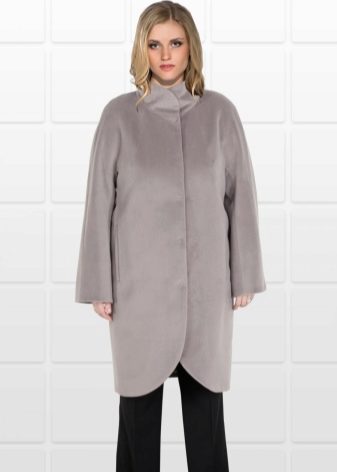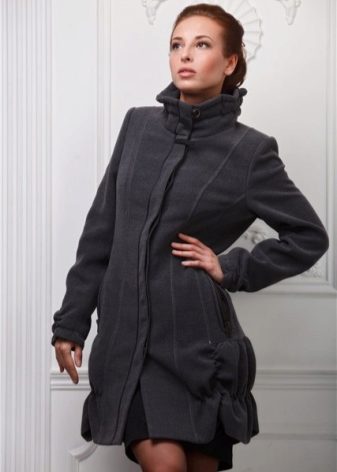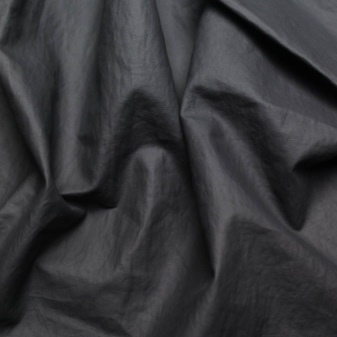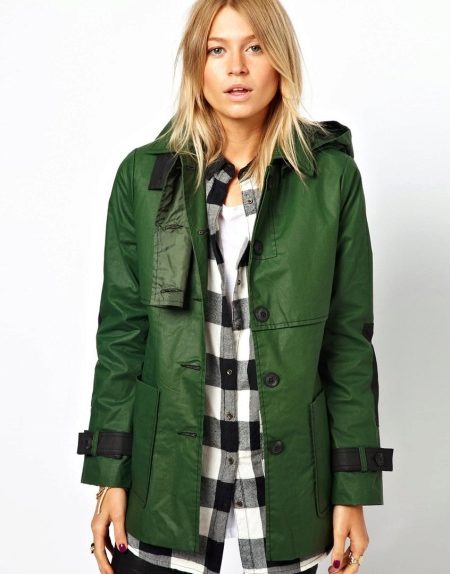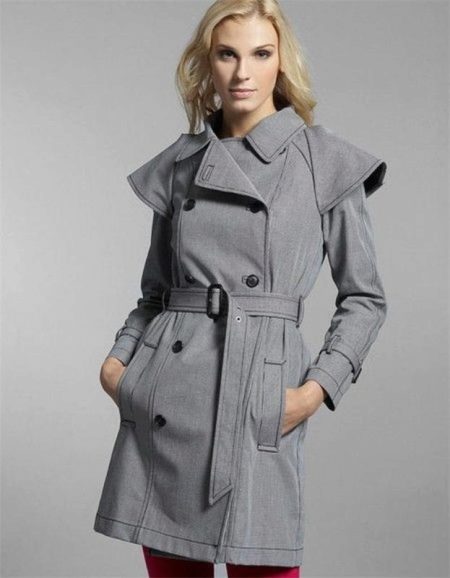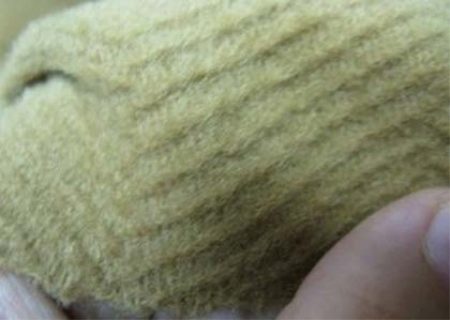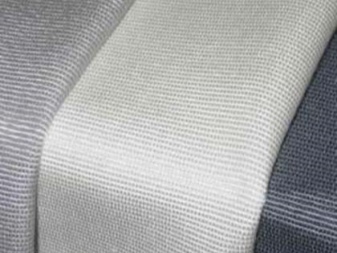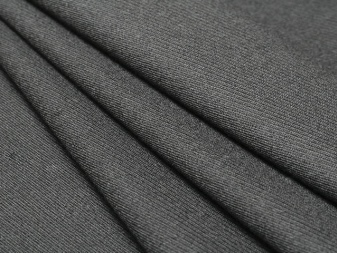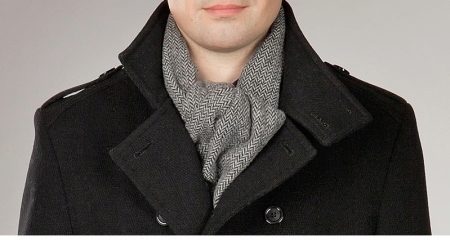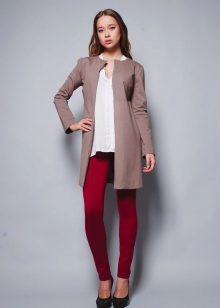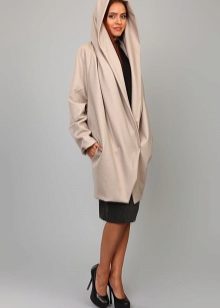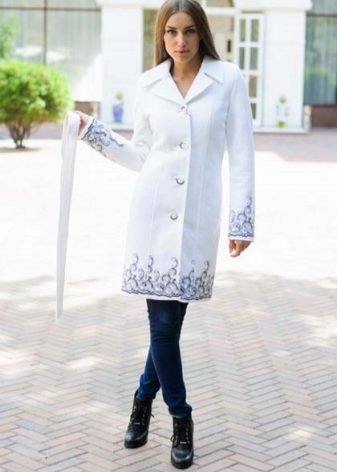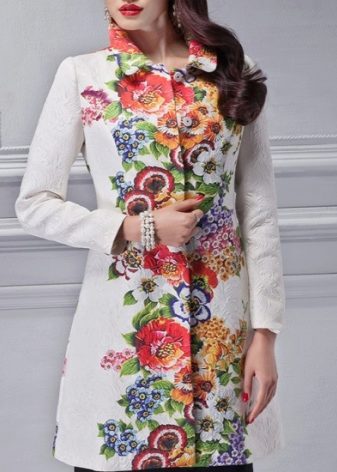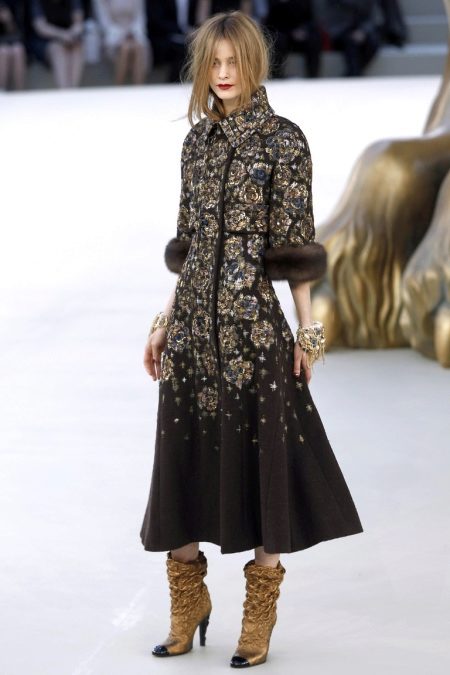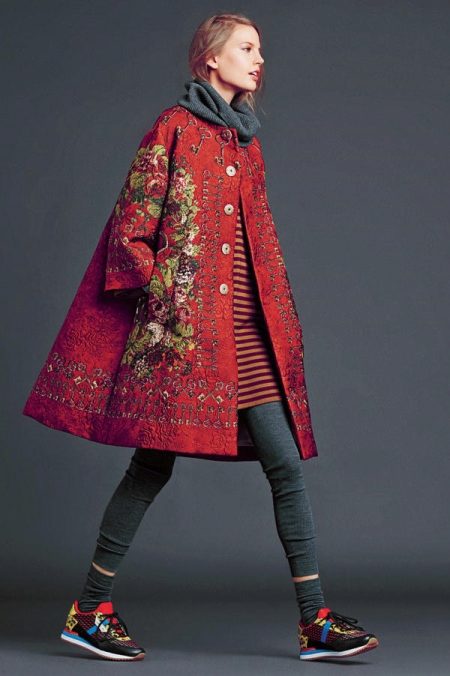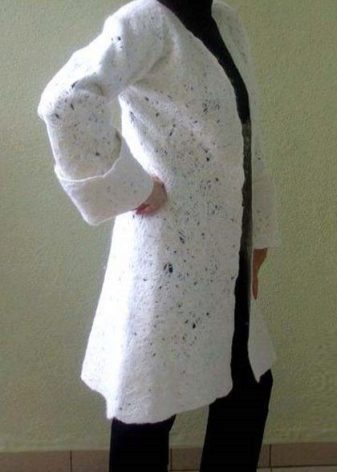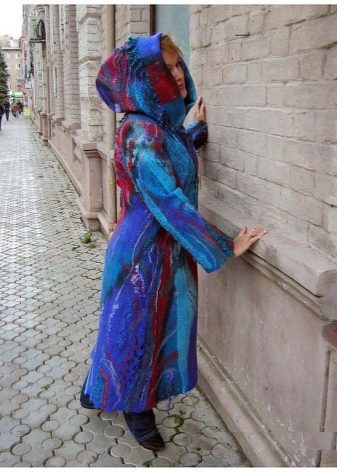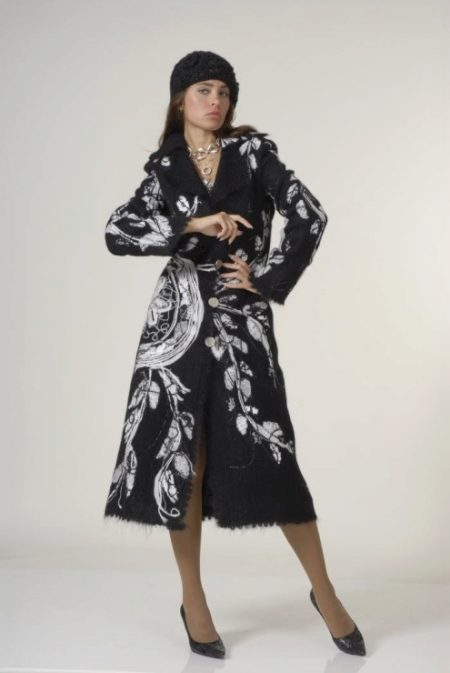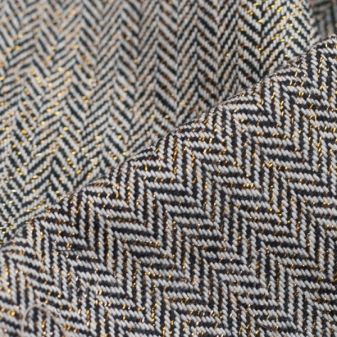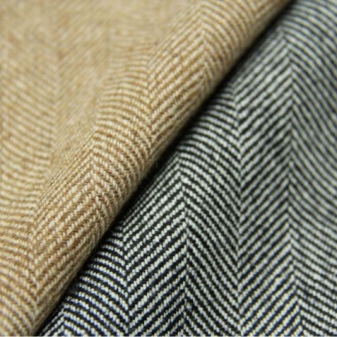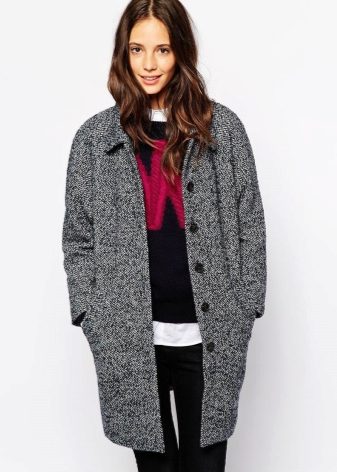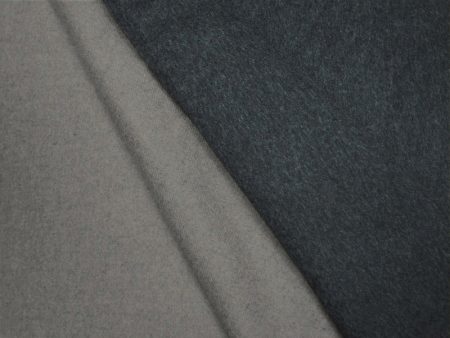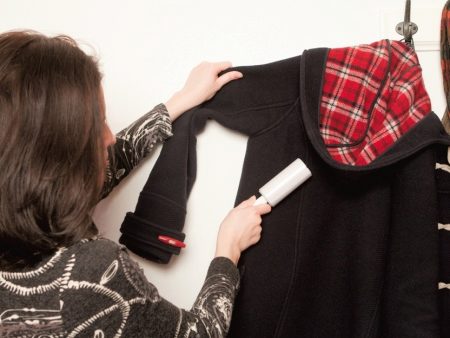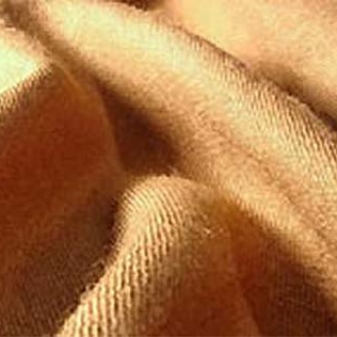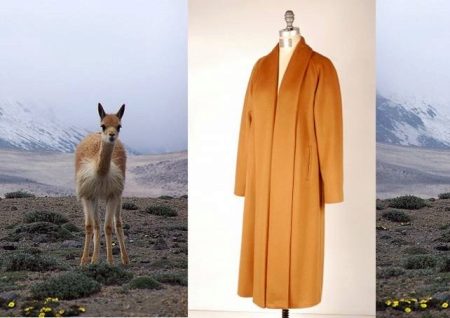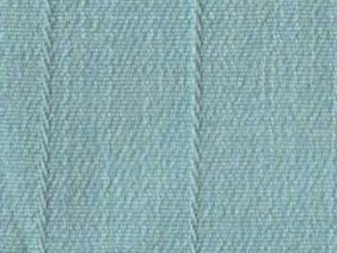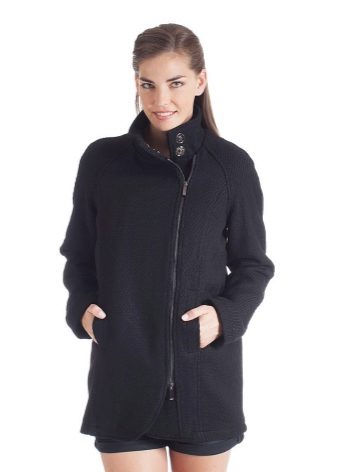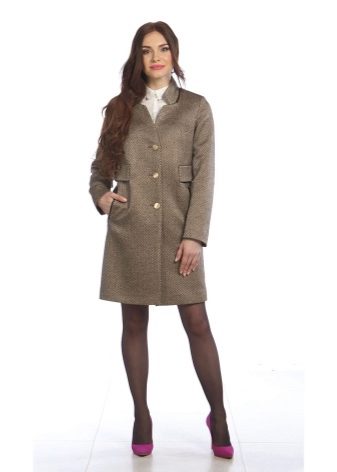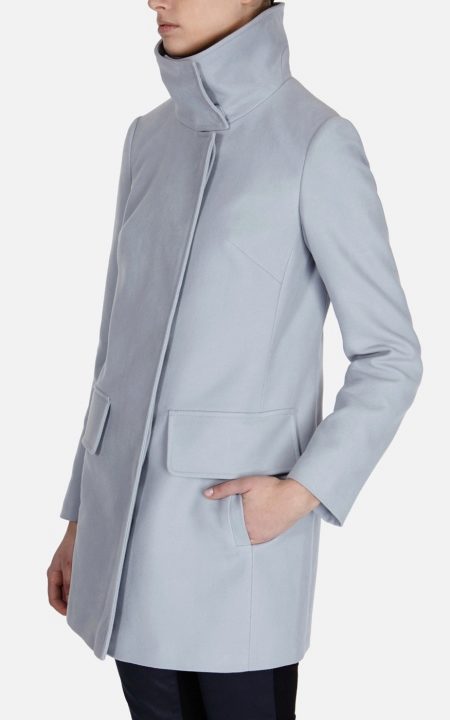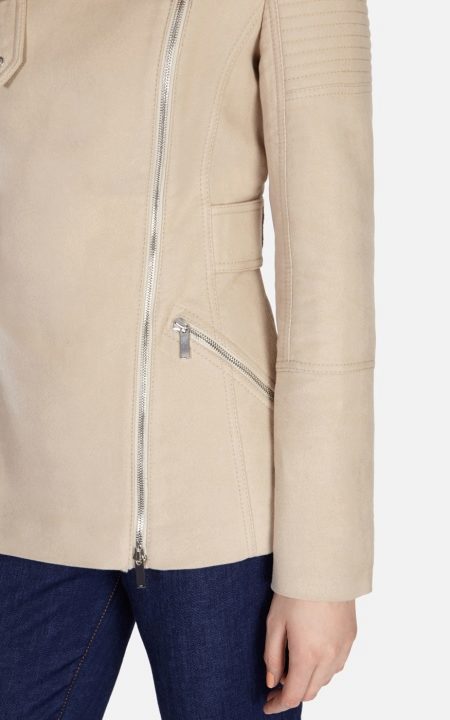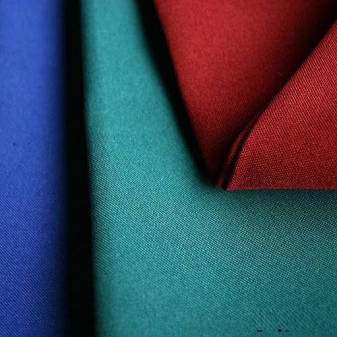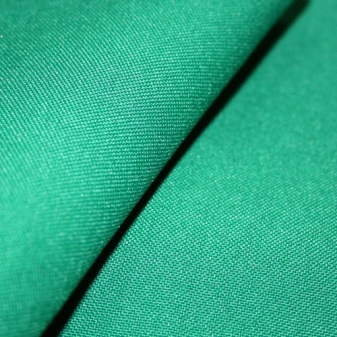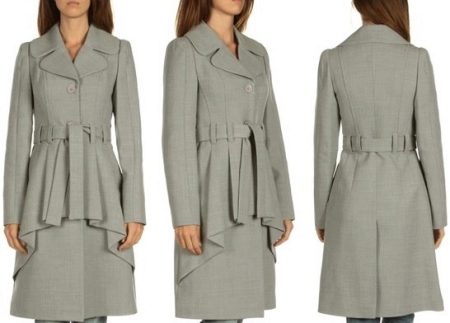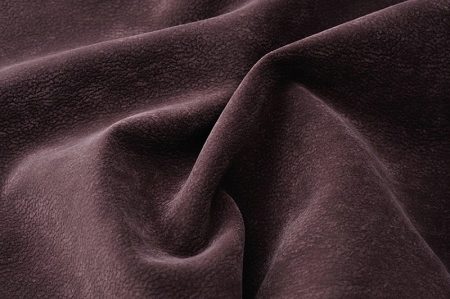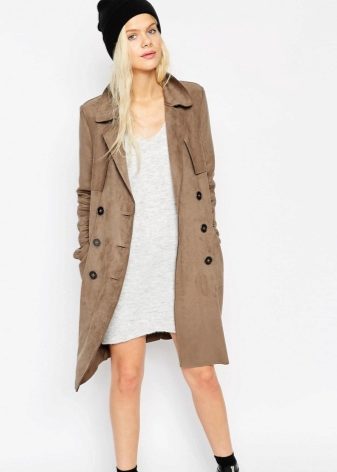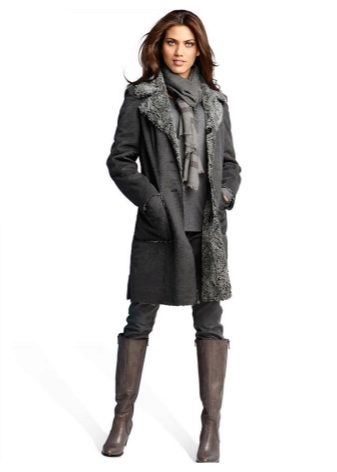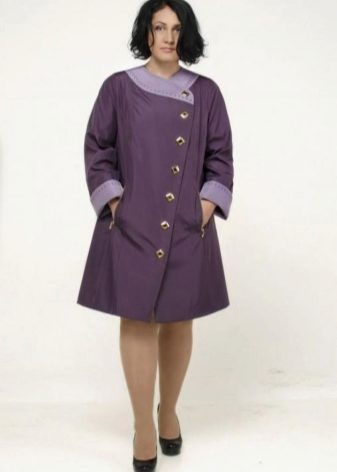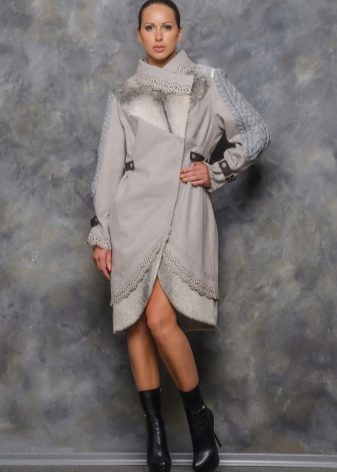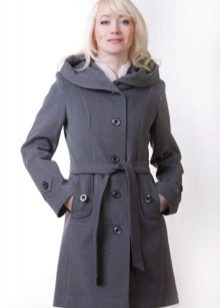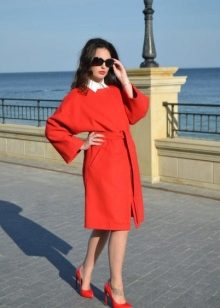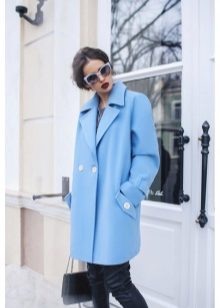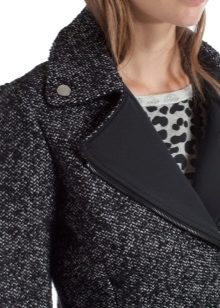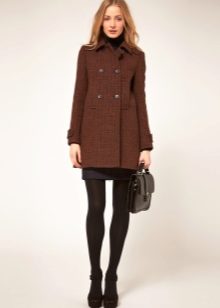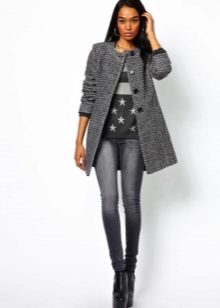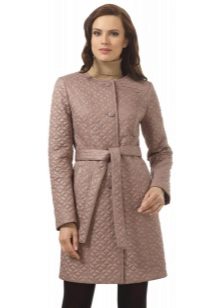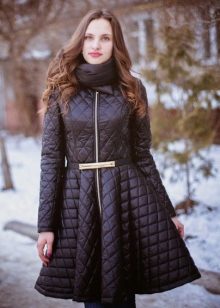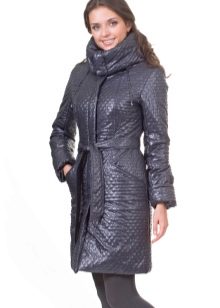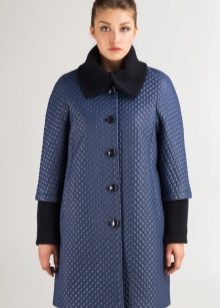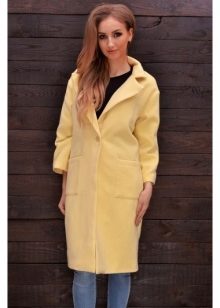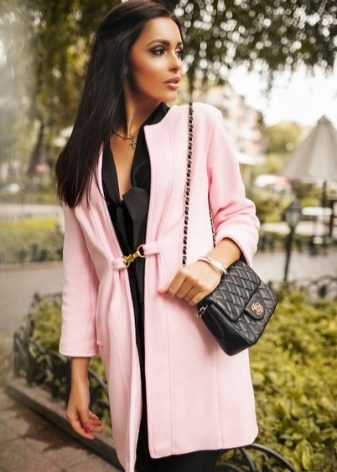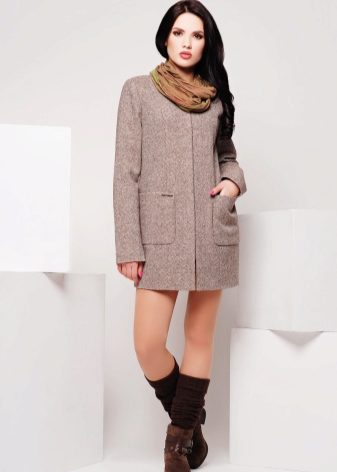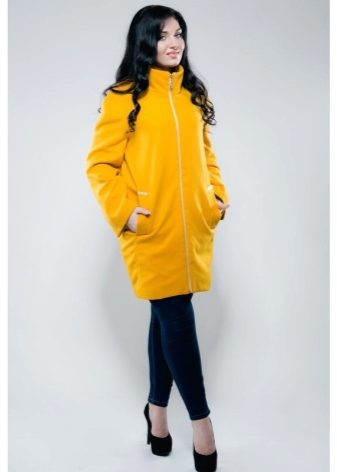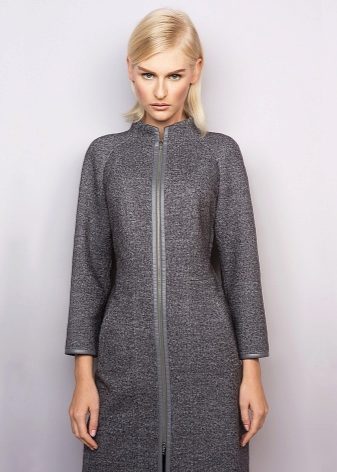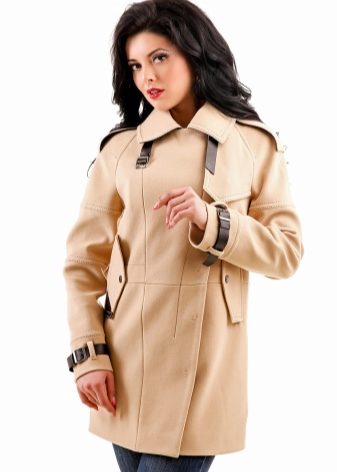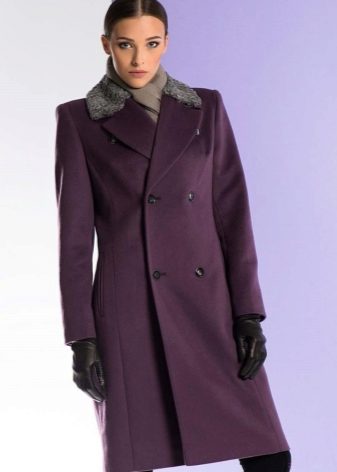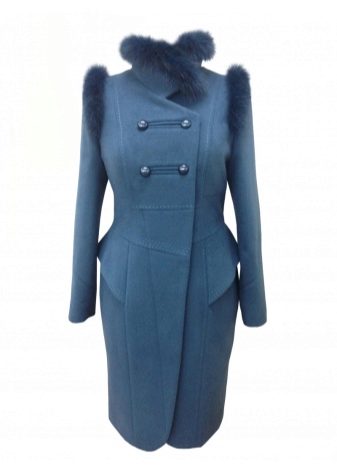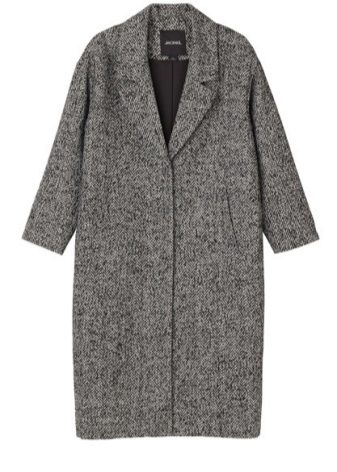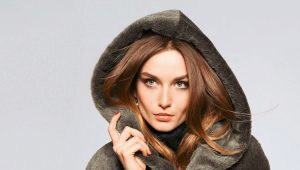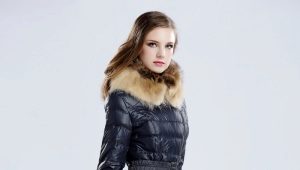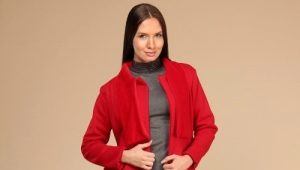Coat fabric - choose the best option

Many people when buying a coat are so keen on the choice of style that they completely forget about the fabric. But this is no less important. It is the material that determines the basic properties of outer clothing, including the outer ones. We recommend to study the pros and cons of the most popular canvases in order to continue to purchase only a decent product.
How to choose
There are two official types of coats - demi-season and winter. Choosing a demi-season option, pay attention to the soft and moisture-resistant fabrics. They should not be very tight and can not be decorated with lining.
The winter coat on the wrong side should consist of three layers. The first in the list will be the material that protects from the wind, and the second is the insulation itself. And then it all closes a beautiful lining. Of course, all these parts can do nothing without an external fabric. It should be warm, durable and strong.
Before buying, be sure to look at the composition of the product, so that you will be happy to wear a coat and not complain about the manufacturer
Varieties
Pile
This is a fabric that has a nap on the front side. It consists of many vertical filaments. There are several basic materials that have such a coating. For tailoring a coat, velveteen and faux fur are most often used.
The advantage of the pile is its ability to keep heat at the lowest temperatures. In addition, the fabric is considered to be very strong and durable. It is suitable for casual wear, as well as for a festive event. As for the long threads, they quickly lose their presentable appearance. In addition, the fabric is absolutely non-resistant, but it protects well from the wind.
Double sided
There is a lot of bilateral fabrics and all of them are different. They look the same from the outside and the seamy side. Among the most popular are wool, cashmere and drape. The main feature is that in the future worn cloth can be swapped. Sometimes materials are painted in different colors so that the coat can be worn on both sides.
Usually these fabrics are a bit more expensive, but they have good wear resistance. Cloths protect their owner from the wind and warm in cold weather. Their dense and high-quality weave sometimes does not even need lining.
Varenka
This fabric has another well-known name - loden. Its main component is short sheep wool, which is pressed with hot water. The canvas is soft and very pleasant to the touch. Outwardly, it resembles crushed fur.
The applied technology makes the material very durable and waterproof. Coat of varenka insanely light, but dense.
Of course, there is a big inconvenience with the care of this material. A thing cannot be erased from it, since special treatment is required. Coats are recommended to be dry cleaned so as not to spoil the fabric. That is why it is not advised to buy very light outerwear from the boil.
Curly
Boucle fabric is called curly because of its original threads. All fibers of different thickness and have different nodules, lumps, loops. The material turns out to be voluminous and a bit like curly hair.
Its advantage is not only in the original and spectacular appearance, but also in good properties. This is a very warm material that perfectly protects from wind and moisture. Despite the strength, unfortunately, he sometimes quickly loses appearance. It is easy to form puffs. It is also impossible to erase it, therefore it is advised to dry-clean it.
Raincoat
The raincoat fabric consists of synthetic and cotton threads. There are some of the most popular types of fabric.The most famous are lacquer, memory and oil. Of these, lacquer is most often used for sewing coats, as it is considered the most delicate and glossy.
Material is one of the most durable. It perfectly protects from wind and moisture. By the way, usually the outer coating is treated with a special compound to fully protect the canvas from water. Cloak coat is not loved by everyone, because it looks simple enough, and sometimes frankly cheap. Most often it is preferred for winter models.
Another disadvantage is that the soft tissue can be stitched during a cut, and this trick will not work with a raincoat fabric.
Textile
Textiles can be of natural or artificial origin. Two mutually perpendicular yarn systems form a textile fabric.
Most often, this material is used for light overcoats. It is strong enough, but very thin. Poor protection against wind and moisture. Plus the fact that the textile coat looks quite presentable. If you use a lining, it will be better to keep warm. Such a thing is recommended to be worn in early autumn or late spring, because in it the body will freeze quickly.
Goose foot
The famous pattern is most often used on tweed and pepit. For their manufacture use interweaving of several contrasting fibers, which give the picture.
The advantages of these materials are in their strength. Dense fabric saves its owner from the wind and low temperatures. It looks very decent and high quality.
However, from the minuses it is worth highlighting the fact that a tweed or pith coat is rather heavy in weight. Most often, women complain of fatigue in the shoulders after wearing such a product.
With knobs
The coat with knobs is made of yarn and, accordingly, is suitable only for the warm season. Cones are connected lumps that are randomly arranged throughout the product or its part. They may be barely noticeable or very large.
The coat of yarn has a number of disadvantages. It does not protect against wind and moisture, and also retains heat only to certain temperatures. The material looks original and unusual. It is soft, pleasant to the touch. And he is malleable, and from it you can make to order a style that you have long dreamed of.
Jacquard
The material is obtained from the interweaving of the main and weft threads. Fibers can be natural or artificial.
Jacquard is considered a very durable and durable fabric. The coat of this canvas will serve you for many years. It is insanely light and thin. That is why it is suitable only for warm weather.
In a stylish thing, it is not recommended to stay in the sun for a long time, since the colored material quickly burns out. Keep the coat must be carefully, because it can form creases. However, all these minuses are insignificant, because the fabric has such a rich structure that it is impossible to look away from it.
Velours
This is a fine nap material on the surface. Velor is a natural material that is often supplemented with synthetic threads to improve properties. For coats use wool and drape velor.
These canvases save from low temperatures, and also perfectly protect from the wind. The coat from velor does not lose its appearance for a long time and keeps its shape well. I want to say that he does not even hesitate.
Soft and pleasant to the body fabric requires a special relationship. Products can not be twisted, and wash them only at low temperatures.
Rubberized
This is a fabric that is treated with a special composition for moisture resistance. The rubberized coat is suitable for the rainy season. It has a smooth glossy surface, which is considered very durable.
The stereotypes that such a thing looks strange and specific gradually disappear. After all, the most invisible processing is now used. However, with overly elegant things such outerwear will be difficult to combine.
In addition to moisture protection, rubberized fabric is also airtight. Therefore, it is very warm, especially if there is a tight lining.
Structural
To the best structural tissue can be attributed ratin. It has a relief pattern, which is obtained by interlacing the threads in a two-faced way.
This is a high-quality fabric for outerwear, which retains heat well, and also has several advantages.
It is windproof and durable enough. It is almost not subject to attrition, so, it is madly durable.
As such, the material has no disadvantages. One can only distinguish susceptibility to wetting, but this applies to most soft canvases.
Jersey
Once upon a time this material was pure wool, but now it is made of cotton, flax and various mixtures.
Jersey drapes well, wrinkles a little and is very soft to the touch. Other benefits are completely dependent on the added fibers. For example, with cotton material will be quite hygroscopic, but viscose will help to achieve moisture resistance.
Choose a coat made of thick fabric, which is insulated with lining. The fact is that the material itself is breathable, which means it is well breathable.
Coupon
This is a fabric with a pattern or embroidery, which is most often located at the edges. It can be with different insulation. One of the most popular is wool.
Such a coat not only looks beautiful, but also retains heat well. If you use an extra retard, the coat will be windproof.
It is said that it breathes and is quite hygroscopic.
Felted
This is a woolen fabric that resembles cloth. It is made from short-haired sheep wool.
Felted material breathes, but at the same time retains heat well in strong winds and low temperatures. It is very elastic, therefore it is pliable for various design.
It is said that the fabric can cause allergies. Therefore, those who suffer from this disease, it will not work. In addition, the felted canvas easily changes shape when moisture gets on it. Do not forget that it needs special care and washing at low temperatures, as the material sits down easily.
Herringbone
Herringbone print is most often decorated with tweed, drape and wool. The pattern is obtained due to the special plexus of dense, contrasting threads.
These materials are perfect for late autumn or early winter. In such a coat will be very warm, especially with the lining. It should be said about their strength and durability. Such a thing will last more than one season, because it is almost not subject to abrasion.
Herringbone fabric looks very stylish and is quite often used when sewing other clothes. Coats with this print perfectly with simple and elegant things.
Cashmere
Cashmere threads consist of special yarn. The finest down is combed out of the wool of mountain goats, which is subsequently turned into yarn. This is a very expensive fabric, as the material is extracted with great difficulty.
The cashmere coat looks very expensive and presentable. Soft fabric perfectly protects from wind and low temperatures. In this coat you will not freeze even in winter. Cashmere boasts excellent wear resistance and ease of their products.
Unfortunately, after a while, pellets can form, but only in places where there is constant friction.
Vigogne
It is made from down of mountain llamas. These animals belong to the disappearing species, so it is very difficult to get this undercoat. The yarn is very soft and light, which contributes to the low weight of the product. It is almost never painted, so as not to deprive the material of a particular structure. Therefore, most often Vigon has a orange-sand color.
The fabric is very dense, loose and soft. It boasts the highest thermal insulation. Unfortunately, the coat of vigoni is considered one of the most expensive, so not everyone can afford it. In addition to this minus, perhaps, there are no flaws.Of course, special care is required, so it is better to give such a luxurious thing to dry cleaning.
Diagonal
Fabric is so named because of the special pattern - hem. Externally, it looks like a diagonal of a rectangle. The diagonal yarn most often consists of cotton, but is sometimes supplemented with blends.
The material is hygroscopic, and also boasts the ability to pass air well. It protects from cold because of its density, but does not protect much from the wind. The fabric does not cause allergies, but is also very easy to clean. From the minuses it is possible to note the simplicity of this material, but this flaw can be corrected with a good coloring.
Moleskin
Smooth material consists of cotton with the addition of very dense satin weaving. In translation, "moleskin" is the skin of a mole. He really reminds her and looks polished.
Moleskine has very high wear resistance and durability. Thanks to natural raw materials, the fabric is hypoallergenic and well breathable. Dustproof and very easy to clean.
It is worth saying that this is a very affordable and inexpensive material. However, it is quite free-flowing due to the stiffness and smoothness of the threads. The trench coat is considered the most frequent moleskin style.
Gabardine
Gabardine boasts twill weave. Relief material may consist of completely different fibers. I often add cotton, viscose and even silk to the wool. Natural gabardine seems dull, and with the addition of synthetics begins to shine.
It is durable and extremely durable. The coat from it perfectly holds a form, and also is perfectly draped. You can achieve with it any design. Gabardine is a breathable fabric that does not get wet for a long time.
However, outerwear from this material is not very warm and is not suitable for winter. Another minus can be attributed to flowability and easy deformation of sharp objects.
Faux suede
It differs from natural fabric in the mass of advantages. It is produced by splitting artificial yarns into fine fibers. Externally, it is almost the same as natural suede, which attracts many.
The fabric is not stretched and does not wear out, and also has a high wear resistance. Special Teflon coating allows you to repel dirt and moisture from the surface. Suede does not hesitate and boasts incredible softness. It should be said that, unlike the present canvas, there are no scratches on it.
On a dark coat will be very noticeable different specks of dust, so it is better to give preference to light models.
Which is better
All fabrics have certain advantages that are interesting in their own way. However, from the diversity still can be identified several leaders.
The first place is cashmere. This delicate material looks incredibly presentable and is perfect for sewing coats. It is worth saying that he has a lot of advantages. One of the most important are good thermal insulation, wind resistance and durability.
In second place you can put a kind of wool fabric - tweed. It has almost all the properties that cashmere can boast. However, tweed looks less expensive, but not less original.
And the third place goes to the raincoat. The fabric may look pretty simple, but its excellent properties cannot be ignored. It best protects against cold, of course, if there is insulation. And also saves from wind, rain and the most unpleasant weather conditions. Glossy material is easy to clean from dirt, which can be called one of the main advantages.
In any case, you can study all kinds yourself and, possibly, draw other conclusions regarding the leaders. After all, for someone only external data is important, and for someone only properties.
Reviews
Of course, the descriptions carry a lot of sensible information, but they are not enough. Sincere feedback from people can help to conclude those who still doubt their choice.
Most comments give preference to wool.However, it is advised to take material that is combined with other threads. It is claimed that natural wool is quickly covered with pellets.
The other half is cashmere praise. Some commentators believe that it is softer and warmer, but many are confused by the price.
The remaining tissues are present in the dispute, but the clear leaders are the two materials.


